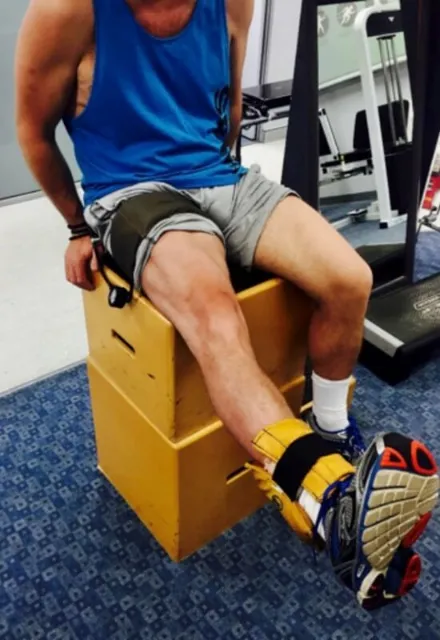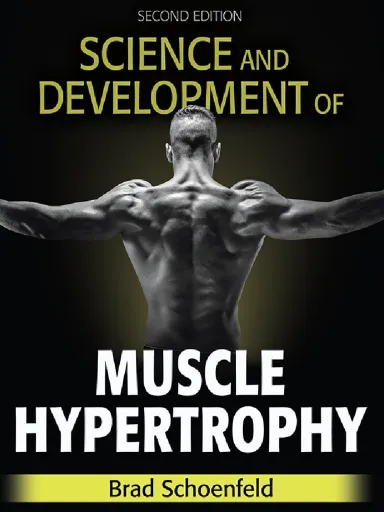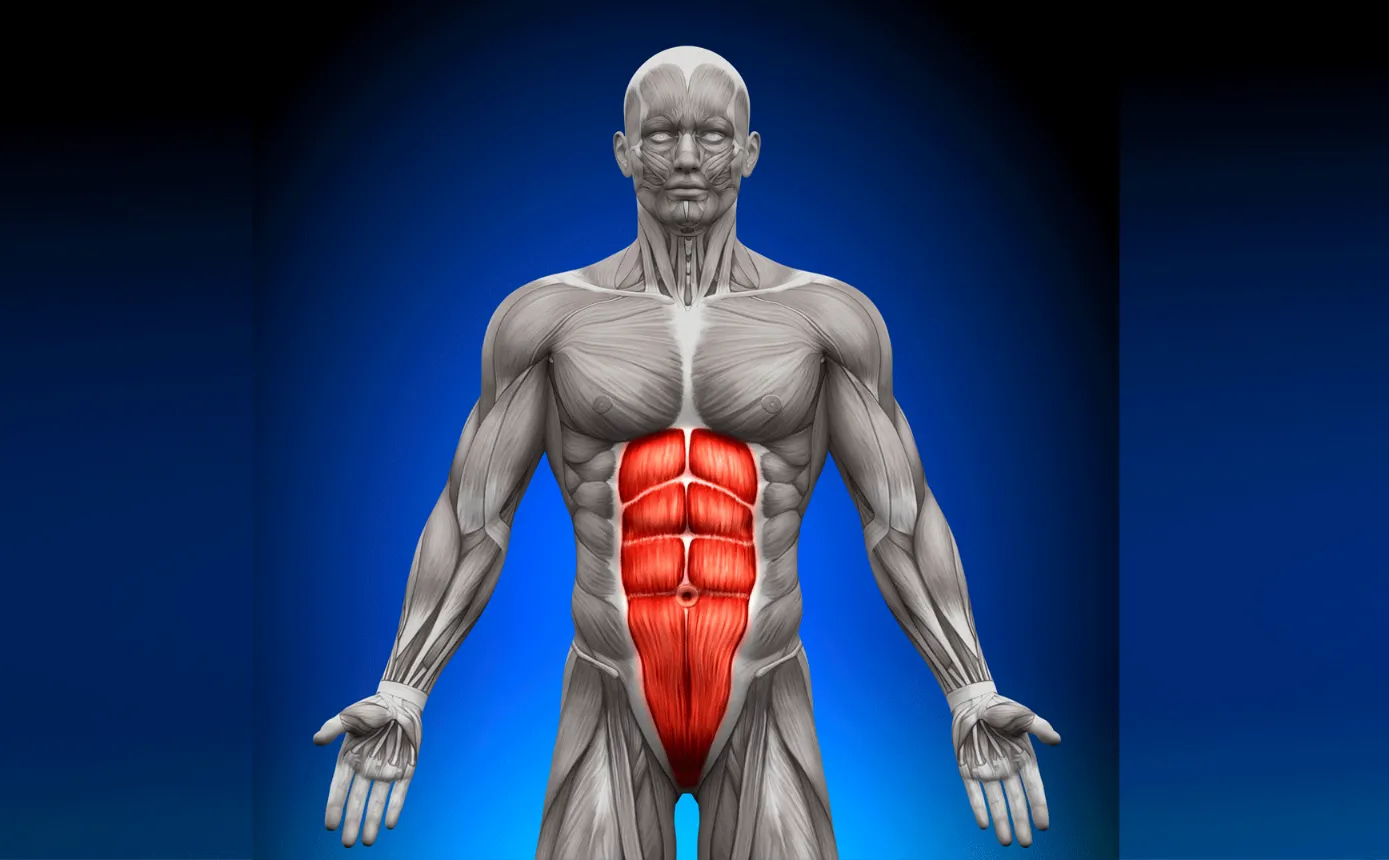Intro
In this article I delve into the 3 mechanisms of hypotrophy (muscle building) which are Mechanical Tension, Muscle Stimulus & Muscle Break Down. I explain the importance of each one and how it effects your body by making it react and produce greater muscle growth.
Most of my knowledge in relation to this is from a leading researcher in hypertrophy, Brad Schoenfeld. There will be a link at end of this for more information item if you would like to know more.
Now, let’s dive in…
Mechanical Tension
All 3 aspects play their role in relation to hypertrophy, but some more than others, with Mechanical tension being the top advocate to muscle growth.
Mechanical tension is when a force is applied to a joint and the muscle has to respond.
There are multiple ways in which you can optimise mechanical tension and these can be broken down much further, as follows.
Load vs TUT
Studies show that there is a linear relationship when overall load is combined with TUT (time under tension) producing greater muscle growth. This means that neither just pumping reps out of a heavy weight, nor a low weight which is slow and controlled produces optimal stimulation, but the combination of the two together (a heavier weight of which you can use in a controlled manner).
Range Of Motion
By performing reps to a full ROM (Range Of Motion) produces greater mechanical tension on the muscle, meaning that fully lengthening and contracting a muscle produces more stimulus than just partial reps.
However, training in your AROM (Active Range Of Motion) is vital for longevity for your body and wellbeing of its joints.
Active range: When movement is performed by a joint but staying inside a ‘safe area’ where the joint is not exposed, mechanically weak or over reaching. (Things to take into consideration are movement direction, muscle position/belly/attachment, bone shape/position/length, tendons, facia etc)
Passive range: Moving past/outside your Active Range usually requiring a load/force to be applied in order to be forced into this position.
Everybody has a different degree of AROM due to bone structure, limb length, joint capsule, muscles and tendons, to name but a few.
If your goal is for optimal performance and longevity of training and joint health then you should test your AROM for each and every exercise, prior to performing a new movement.
Muscle Mind Connection
Focusing and isolating the muscle intended when contracting and producing a muscle mind connection has shown greater hypertrophy results rather than just moving a weight from A to B. This is all backed by a recent study in 2018 (a MASS research review, Muscle Mind Connection by Greg Nuckols) which gives evidence to this.
I have found that having a better understanding of your own body and its anatomy, knowing the muscles origins and insertion (where it starts/finishes), what it is attached to, the direction of the muscle fibres, as well as mechanically how they work, helps improve my focus and connect to a higher degree.
By training with an internal focus (Muscle Mind Connection) as opposed to an external focus (moving the weight from A to B), has greatly benefitted me. As an example, when I first tried this I took a major ego hit, not actually being able to lift the weights I was before, in fact I dropped down to 50% of the load I was lifting prior on some exercises. But by working on my MMC, my physique has developed at a much greater rate than it would have normally.
Importance of End Range
Controlling the end range of a movement is important for both hypertrophy reasons and also joint longevity. When bouncing at the end rage of a movement you are using the ‘stretch reflex’ in a muscle as opposed to its contractile ability. A good example of this would be when you over stretch an elastic band constantly over time it will not be able to handle it (although muscles are not elastic bands).
Continually forcing the joint into a passive range (of which we mentioned earlier) over time this could potentially cause permanent damage.
I always cue to my clients, slow acceleration especially when transitioning a change in directional movement in order to reduce the inertial (a property of matter by which it continues in its existing state or motion in a straight line, unless that state is changed by an external force) effects on the muscle/joint. This will create more stimulus on the muscle.
Mechanical Tension Round up
Mechanical tension is the most important factor when it comes to hypertrophy and it’s the combination of overall load and duration. With this producing a direct signal of hypertrophic adaptations to the body in order to facilitate the stimulus (in short… mechanical tension is most important mechanism for muscle growth).
Muscle Break Down
In your muscles you have strands called sarcomere and when they contract, they do so by something called the sliding filament theory. During resistance training the micro fibre strands are damaged and broken down. This then sends a signal for the body to send proteins to repair the damaged strands and super compensates, which in turn makes the muscles bigger and stronger.

This identifies the importance of recovery. If you are not allowing the body to repair the damaged fibres through training, your output in relation to intensity and weight loads will decrease in your next training session.
There a few things that cause muscle damage, but studies show that the eccentric (easiest explained, lenghtening of the muscle after being contracted) part of the movement produced more damage as opposed to the concentric (contracting/shortening of the muscle). With that being said, this then just emphasizes the importance of strict form throughout the movement, rather than just throwing the weight.
Keeping control and not letting the tension drop off during the eccentric phase. An example of this would be a bicep curl, curling it up correctly but then losing the tension on the muscle as the dumbbell lowers, (just letting it fall and then catching it at the end of the range to then begin the next rep) this would been seen as far from optimal.
Overall total volume is another factor in relation to muscle break down relating to progressive overload. Structured sessions, training splits and blocks are vital in order to facilitate continual progressive overload.
Muscle Break Down Round up
When you are progressively overloading during resistance training your body is exposed to stress, so in effect the muscle is damaged and now has to adapt. The muscles signal to the body “this was tough, we need to repair ourselves to be stronger in order to facilitate this for when we are called upon to do it again”. Therefore having a structured training plan though periodisation (planning your workouts in blocks of 4/8/12/16+ weeks) and focusing on progressing overload, by doing this you will continue to progress.
Metabolic Stress
Metabolic stress is broken down into 3 categories:
- The build-up of metabolites in the muscle. For example, lactate, inorganic phosphate and H+ (hydrogen ions).
- Hypoxia, which is the lack of oxygen getting to the muscle due to the trapping of blood. This then restricts fresh oxygenated blood entering the muscle.
- Cell swelling, which a lot of people know as ‘the pump’, is also a result of pooling of blood in the muscles.
To date, research suggests that the 3rd mechanism (Metabolic stress) is not believed as being as high a contributor to hypertrophy as mechanical tension and muscle break down, due to it being hypothesised and can’t currently be measured.
Bloody Flow Restriction
When a muscle is required to contract multiple times, one of the components that the muscle requires is oxygen. It then releases a by-product, carbon dioxide which is then taken away in the blood. When you train, a signal is sent from the muscle to the brain to let it know more oxygenated blood is required in this location.
A way to reduce blood flow is to use BFR Blood Flow Restrictions. These are material bands that tighten once wrapped around your extremity and can reduce the flow of blood to this location. When training with BFR it is said that you can train with lighter weights to get the same stimulus but generally equating to <40% of your 1RM (1 Rep Max). With these BFR it stimulates anabolic signalling and muscle protein synthesis.
This is a great method of training for someone who is coming back from injury, as they are able to lift lighter loads yet still produce a stimulus on the muscle, when normally this load may have been too light to do so without the assistance of BFR.


Metabolic Stress Round up
All 3 of these mechanisms play their role in relation to hypertrophy, but some more than others. The way I see it is like a pyramid, with Mechanical Tension being the biggest player, followed by Muscle Break Down and lastly Muscle Stimulus. However, you don’t need to specifically focus on these areas individually, as they must all run in tandem and there’s no one way to completely isolate one component to see if that contributing factor outweighs the others.
Learning how to contract muscles properly and by studying exercise mechanics, has advanced my muscle growth rapidly, as opposed to just going through the motion and moving weight. Being able to connect to your muscles though muscle mind connection produces a greater stimulus than trying to lift heavier, but resulting in poor quality reps. Muscles don’t care how many reps you do, they respond to being broken down. Dropping the ego you will produce an optimal stimulus by making your muscles respond to the greater stress they are under. This means more hypertrophy gains!
Further reading
As previously mentioned, a lot of my information has been collated by reading Brad Schoenfeld’s research. I’m a strong believer of giving credit when credit is due, so if you would like any more information on this I’d advise reading his book: SCIENCE AND DEVELOPMENT OF MUSCLE HYPERTROPHY By Brad Schoenfeld (second edition)




